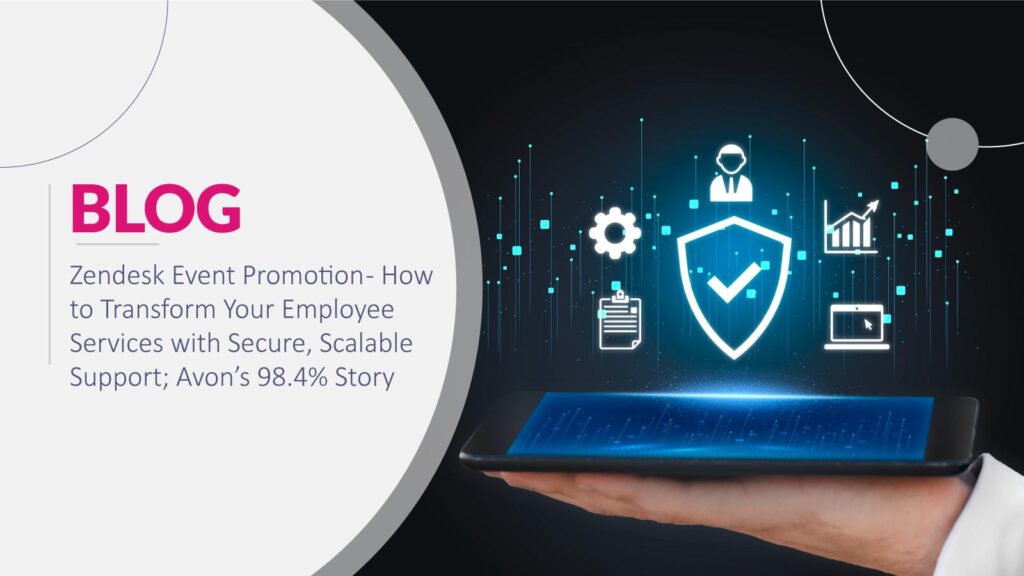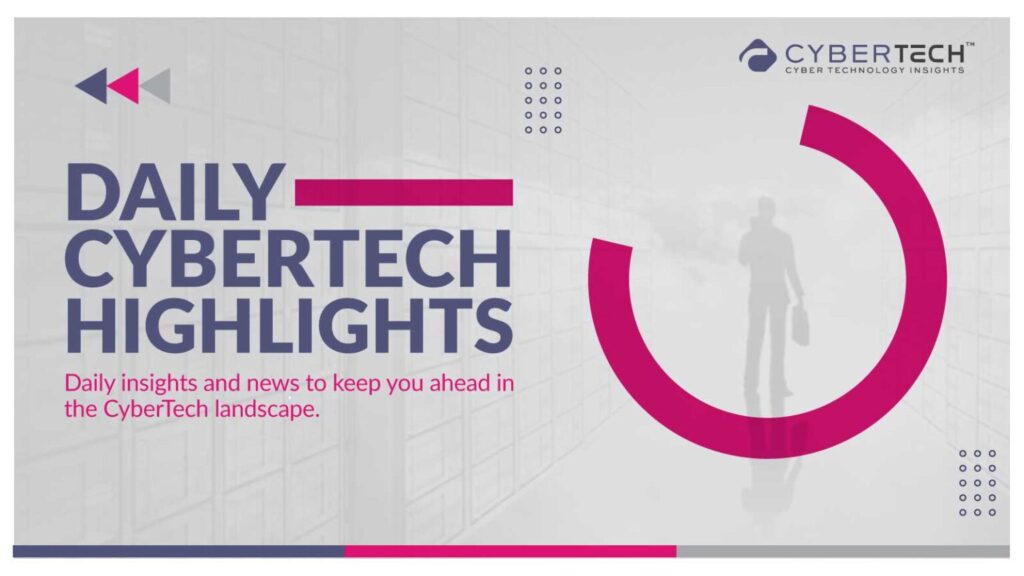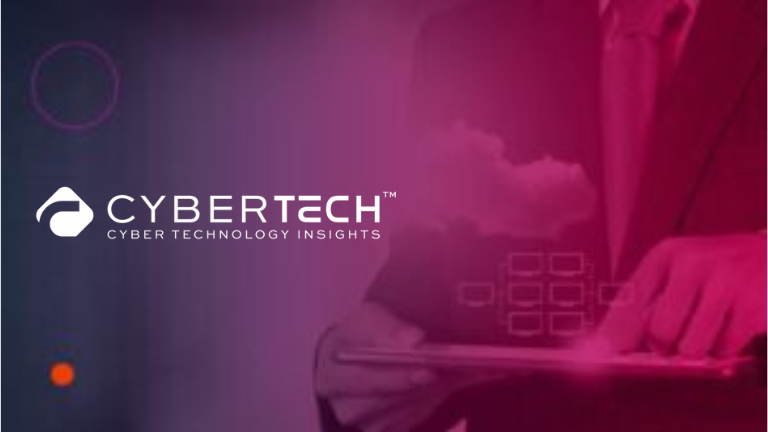Modernizing employee services is no longer a question of “if” but “how fast”. With rising data protection demands, multilingual workforces, and operational sprawl, many enterprise leaders find themselves stuck. Stuck in a loop of disconnected systems and inconsistent support. But Avon, the global beauty company known for its direct-selling roots, has quietly cracked the code with a unified employee support model that’s secure, scalable, and beloved by its workforce. The proof? A 98.4% employee satisfaction rate. Here’s what IT and HR leaders need to know.
1. Avon’s Global Service Fabric & Security Operating Layer
Avon doesn’t operate in a single geography. However, it serves employees in 32 markets and supports five global languages. But instead of bolting on separate support tools in each region, Avon’s team built one unified employee services platform using Zendesk as its digital backbone. What stands out is not just the tech, but the intentional design. From day one, the system was built to handle multilingual queries, but also automate repetitive HR and IT requests, and protect sensitive employee data under a centralized, compliance-ready framework. For a global enterprise, this model ensures zero drop in experience quality, whether you’re in São Paulo or Warsaw.
For CISOs and IT leads, Avon’s approach is a reminder that security should be embedded at every touchpoint, not added after implementation. The Zendesk-powered platform was architected to meet Avon’s internal compliance mandates while offering end-to-end visibility across support interactions. Instead of siloed records, Avon’s people services and IT teams gained a shared, secure lens into employee issues, without exposing confidential data. This architecture dramatically reduced the risk associated with shadow IT, legacy system gaps, and data fragmentation, top concerns for any security-conscious enterprise today.
2. Why Employees Use the Internal Platform
Technology only works if people use it, and Avon cracked that code as well. With over 5,000 active users across departments and time zones, Avon’s internal platform not only replaced legacy tools but also significantly outperformed them.
Employees embraced the new support ecosystem because it worked seamlessly faster ticket resolution, easier access to resources, and localized language support. This drove up satisfaction scores to 98.4%, a number rarely seen in large-scale internal service rollouts. And the best part is, the system isn’t just reactive, it’s predictive. By analyzing recurring issues and bottlenecks, Avon continuously optimizes workflows before problems escalate.
In most enterprises, HR and IT operate in parallel silos and are often misaligned on priorities. However, Avon’s internal shift compelled these teams to operate in sync. As a result, Zendesk became the shared language between them, enabling the automation of routine queries, the creation of unified reporting dashboards, and the delivery of cross-functional services. This didn’t just improve support, but also freed up teams to focus on transformation instead of maintenance. HR focused on onboarding and engagement strategies, while IT leaders concentrated on automation and security layers. Both teams now operate with the same data, metrics, and service goals.
3. Lessons for Enterprises Looking to Rapidly Modernize Employee Services
Avon’s transformation is more than just a success story, it serves as a strategic blueprint for enterprises aiming to modernize their internal support systems. Here’s what IT, HR, and business leaders can learn from Avon’s approach:
Unify First: Break Down Silos to Build Efficiency
Fragmented systems can stifle scalability and make it difficult to maintain consistent service quality. To address this challenge, Avon’s first major step was consolidating its employee support platform using Zendesk, thereby unifying HR, IT, and employee services tools under one umbrella. Consequently, by eliminating multiple disconnected systems, Avon was able to streamline workflows, reduce manual data entry, and lower the risk of errors. Consequently, this integration created a single point of access for employees, ensuring they no longer had to navigate complex, siloed systems. For enterprises, this means adopting a unified platform that can handle multiple functions (like ticketing, HR support, IT troubleshooting, etc.) in a way that doesn’t just centralize operations but drives collaboration across departments.
Automate Strategically: Enhance Human Interaction, Don’t Replace It
Automation isn’t just about speeding up processes; it’s about making human interactions more meaningful. Avon used automation to handle repetitive tasks like password resets, policy updates, and basic employee queries. This allowed HR and IT teams to focus on more strategic work, such as employee engagement or resolving complex issues. By leveraging automation tools for routine queries and workflows, Avon ensured that support teams could devote more time to value-added tasks, improving service quality and employee satisfaction. For enterprises, the key takeaway is to automate where it makes sense, particularly with tasks that can be time-consuming or easily standardized, without compromising on the personal touch that employees expect.
Design for Trust: Security and Transparency Must Be Core
Employees will only adopt new systems if they trust them. Avon’s platform prioritized data protection, ensuring that sensitive employee information was secure while remaining easily accessible to the appropriate parties. It also focused on transparency, allowing employees to track the status of their requests in real time and view the data being collected. This kind of trust-building is essential for companies operating in highly regulated industries, where data privacy and compliance are top priorities. Avon’s success highlights that security isn’t an add-on; it’s part of the infrastructure. Enterprise leaders must prioritize systems that integrate robust security measures while maintaining transparency about how employee data is used, ensuring that employees feel safe and confident using the platform.
Go Beyond Tickets: Support Should Build Confidence and Engagement through Employee Services
Support is no longer just about resolving tickets; it’s about creating a reliable and engaging experience for employees. Avon’s success came from looking at employee support holistically, ensuring that each interaction was not just a transaction but an opportunity to build trust and engagement. Their unified platform allowed employees to quickly access resources, track progress, and get answers faster, leading to higher satisfaction scores. For businesses, this means evolving from basic issue resolution to a proactive, engaging service experience that empowers employees through Employee Services. Empathy-driven support, backed by analytics and AI, can transform routine service touchpoints into moments of connection, reinforcing employee loyalty and satisfaction.
Zendesk Spotlight: Learn It Straight from Avon
On April 23, Zendesk hosted a Customer Spotlight Event featuring Karolina Michalska, who led Avon’s People Services transformation. She had walked through how Avon balanced automation, empathy, and security to achieve enterprise-wide satisfaction. If you’re an IT, HR, or transformation lead rethinking your internal support strategy, this is the session to attend.
Key insights you can get from the event:
- Unify Systems for Simplicity: Integrate HR, IT, and support tools onto one platform to simplify operations and minimize errors.
- Automate Strategically: Automate repetitive tasks to boost efficiency but preserve human interaction for intricate issues.
- Prioritize Security: Incorporate strong security features to safeguard sensitive employee information and foster trust.
- Build Confidence, Not Just Resolve Tickets: Emphasize proactive support and transparent communication to improve employee satisfaction and trust through Employee Services.
- Leverage Data for Improvement: Utilize analytics to reveal bottlenecks, optimize support, and foster ongoing improvements.
FAQs
1. How did AVON achieve a 98.4% satisfaction rate across multiple markets and languages?
Karolina Michalska has shared the step-by-step approach her team took from replacing fragmented legacy systems to building a unified support infrastructure that balances automation with a human-first design. You’ll see exactly what contributed to such a high satisfaction score.
2. What makes this session different from other tech webinars or product showcases?
This isn’t a product demo or marketing pitch. It’s a real-world case study led by the transformation leader herself. The focus is on actionable insight, how to modernize internal support functions, streamline operations, and secure employee services at scale.
3. Will I hear directly from someone who led the transformation at AVON about Employee Services?
Yes. Karolina Michalska, who led AVON’s employee support transformation across 32 markets, has detailed the process and outcomes. She is giving a firsthand perspective that few enterprise leaders get to share in this depth.
4. How does Zendesk ensure security and governance for internal HR and IT operations in Employee Services?
Security and scalability are core themes of the event. You’ll learn how Zendesk’s infrastructure supports encrypted data handling. Also, Audit trails, and integrations with tools like Jira, Okta, and Slack, all while remaining compliant with corporate and regional policies.
5. What kind of outcomes can I take back to justify investment in employee service platforms?
Expect real metrics, satisfaction rates, cost reductions, time-to-resolution improvements, and operational efficiencies. These numbers, combined with AVON’s blueprint, will help you make a compelling case to internal stakeholders and C-suite executives.



